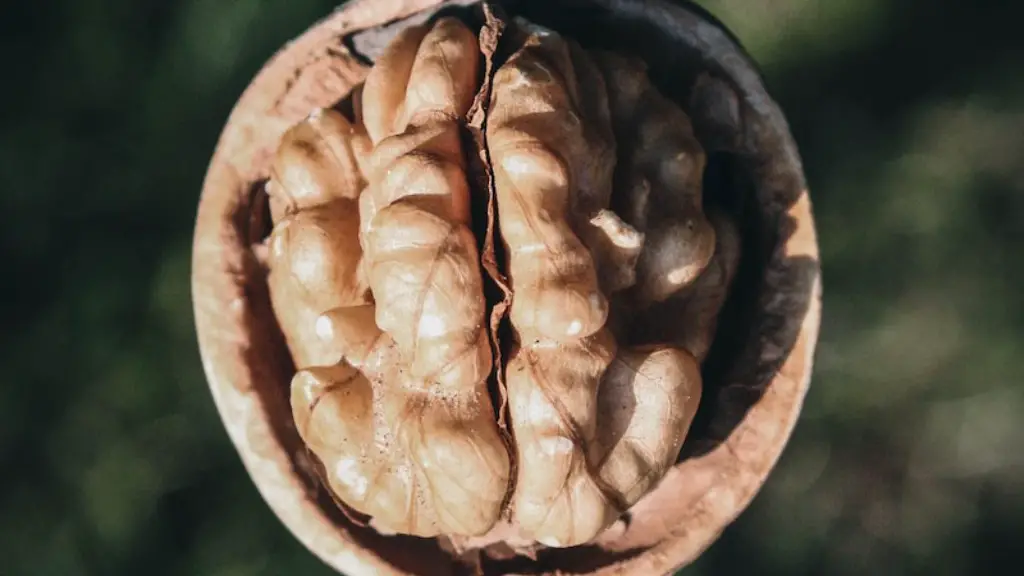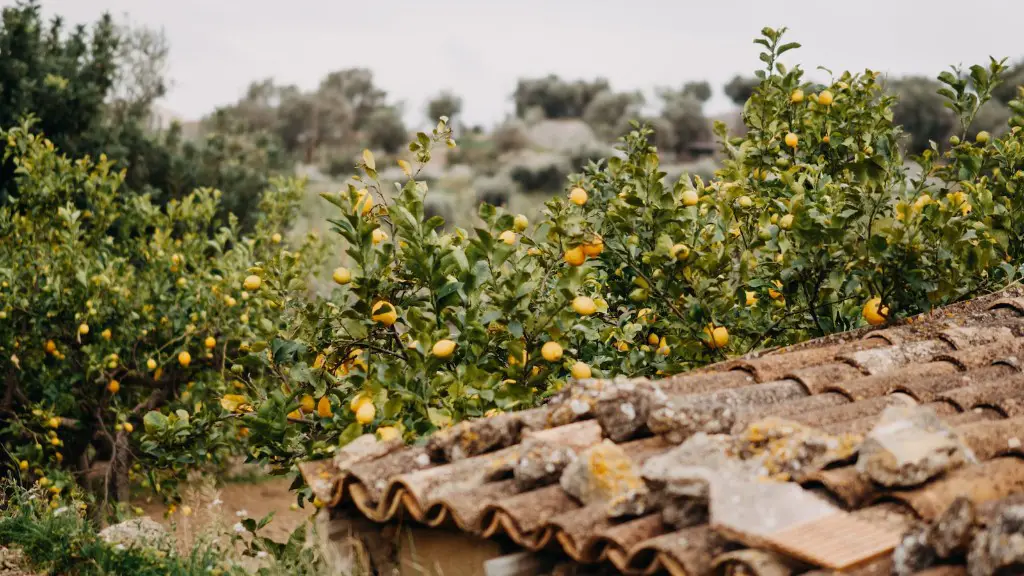When to Plant an Avocado Tree
Avocado tree is an excellent choice for a home-based fruit tree. It’s relatively easy to grow and requires minimal care, as long as it is planted in the right conditions. Knowing when to plant an avocado tree can help ensure that it grows to its full potential.
Avocado trees thrive best when temperatures stay between 60°F and 85°F, which is why they grow best in the warmer climates of Southern California and Hawaii. However, if you live in a colder climate, it’s important to plan your planting of the tree accordingly. While some avocado trees can take a light frost, they are particularly vulnerable to any freeze, so if you get cold winters, you’ll need to be especially mindful of your planting dates.
The best time to plant an avocado tree is at the end of winter. While the tree will get some cold exposure during the winter months, there won’t be any prolonged freezing temperatures that could harm it. This may also create a better opportunity for buds to form in the spring, allowing the tree to grow and produce fruit in the summer months.
When planting the avocado tree, be sure to dig the planting hole to twice the size of the root ball. Fill any gaps between the root ball and the planting hole with dirt. If the ground is rocky or heavy with clay, you can add an organic soil mix or compost to get the hole ready for planting.
Watering an avocado tree after planting is an important factor in ensuring its success. You’ll want to give the tree a thorough watering to set its roots, and then be sure to regularly water it going forward, especially during the dry season. Keep it moderately moist and avoid both over-watering and under-watering. If possible, set up an irrigation system to ensure that your avocado tree’s soil is properly hydrated.
Caring for an avocado tree also includes minimizing stress, checking for pests, and pruning regularly. Avoid letting the tree become too dry and water it deeply whenever you can, as this will encourage it to develop a strong root system and thrive. Regular pruning of the branches is also important for keeping the tree healthy, allowing it to grow strong and evenly and making it easier to bear fruit.
Overall, planting an avocado tree requires thoughtful planning to ensure that it grows to its full potential. Consider the climate and environmental conditions of your area and think carefully about the best time to plant your avocado tree, as this can make a big difference in its growth and fruit production.
Choosing the Right Variety
When it comes to choosing the right variety of avocado tree to grow, there are a few things to consider. While there are many varieties of avocado, some tend to be more popular than others in different climates.
For example, Hass avocados are a popular variety and may be a good choice for some homes. These trees are hardy and can produce a large crop in a short amount of time. However, cold temperatures can be particularly damaging to these trees, so they may work better in climates with mild winters.
For that reason, other avocado varieties may be better options if the climate turns colder on a regular basis. Fuerte, Bacon, and Gwen avocados are all hardy varieties that can withstand cooler temperatures, making them viable options in many areas. However, they may not produce as large of a crop as Hass, so if that’s what you’re after, you may need to watch the temperature closely.
Ultimately, the best variety of avocado tree to grow depends on where you live and the climate you experience. Think carefully about the climate in your area and the temperature fluctuations that occur to determine the variety of avocado tree that will work best for you.
Planting in Containers
Not everyone has the space for a full-sized avocado tree in their yard, but that doesn’t mean that you can’t grow an avocado tree at home. Planting an avocado tree in a container is an excellent way to keep the tree small and retain more control over its growth conditions.
When planting an avocado tree in a pot, choose one that is at least 15 to 20 gallons in size. The larger the container, the better, as the tree needs enough space to develop a strong root system – and produce fruit. If possible, choose a container with drainage holes to ensure that the roots can breathe.
It’s important to use a soil mixture specifically designed for container planting when growing an avocado tree in a pot. This will help ensure that the soil is lightweight while providing the tree with the proper nutrients to grow and thrive. A combination of potting soil, compost, and occasional fertilizer is typically best for avocado trees in containers.
Container trees should be watered more regularly than outdoor trees, as the pot tends to heat up and dry out more quickly. Since you can more easily control the environment when the tree is in a container, use this to your advantage by keeping the soil moist and fertilizing regularly.
Protecting from Frost and Other Hazards
Frost is one of the greatest hazards to avocado trees, whether they’re planted in the ground or in a container. If there’s any chance of frost in your area, you may want to take extra precautions to protect your tree, such as covering it with a blanket or putting up a wall to shield it from the cold.
In addition to frost, it’s important to watch out for other dangers like pests and disease. Apply an organic pesticide if necessary and look out for signs of disease like wilting or discolored leaves. Regularly inspecting the tree can help you spot any problems before they become too serious.
Finally, it’s important to be aware of other environmental and logistical hazards if growing an avocado tree in a warmer climate. Sunlight is essential for avocado trees, so be sure to choose a spot where the tree will get plenty of it. And be prepared for your tree to grow up to 20 feet tall, and up to 25 feet wide. If it’s in a spot too close to a sidewalk or other important structure, you may need to prune it back more often.
Fertilizing and Pruning Regularly
Regularly fertilizing an avocado tree is essential for it to thrive and bear a large crop of fruit. It’s best to fertilize once per month using an avocado-specific fertilizer that contains macronutrients like nitrogen, phosphorus, and potassium. This will help encourage the growth of strong branches and larger fruit.
Pruning the avocado tree is just as important as fertilizing, as this will help to maintain a healthy shape and size. Prune the tree in winter or early spring to get rid of dead or diseased branches and help the tree to grow in a balanced and symmetrical way. Pruning can also help to encourage more flower production and, ultimately, more fruit.
Harvesting and Enjoying the Fruits
Avocado trees usually reach maturity, and are ready to bear fruit, within 2 to 5 years. Once they have produced some fruit, they can bear several crops a year. To ensure that the fruit stays ripe and doesn’t fall off the tree, they must be picked when they are still on the harder side. This can take some practice, as it’s often hard to tell when an avocado is ripe.
Once you can properly identify when the avocados are ready to be harvested, you can enjoy the many benefits of home-grown avocados. Avocados are an excellent source of vitamins and minerals and contain a range of health benefits. Plus, there’s nothing quite like the pride and satisfaction of eating a fruit you’ve grown yourself from an avocado tree in your own yard!
Conclusion
Growing an avocado tree is a fun and rewarding experience. As long as you know when to plant your tree and take the proper precautions, like shielding from frost and pests, your tree will be likely to grow and give you delicious, fresh fruit. Keep in mind the best type of avocado tree to grow in your area, consider planting it in a container, fertilize and prune regularly, and soon you’ll have your own homegrown avocados to enjoy!




